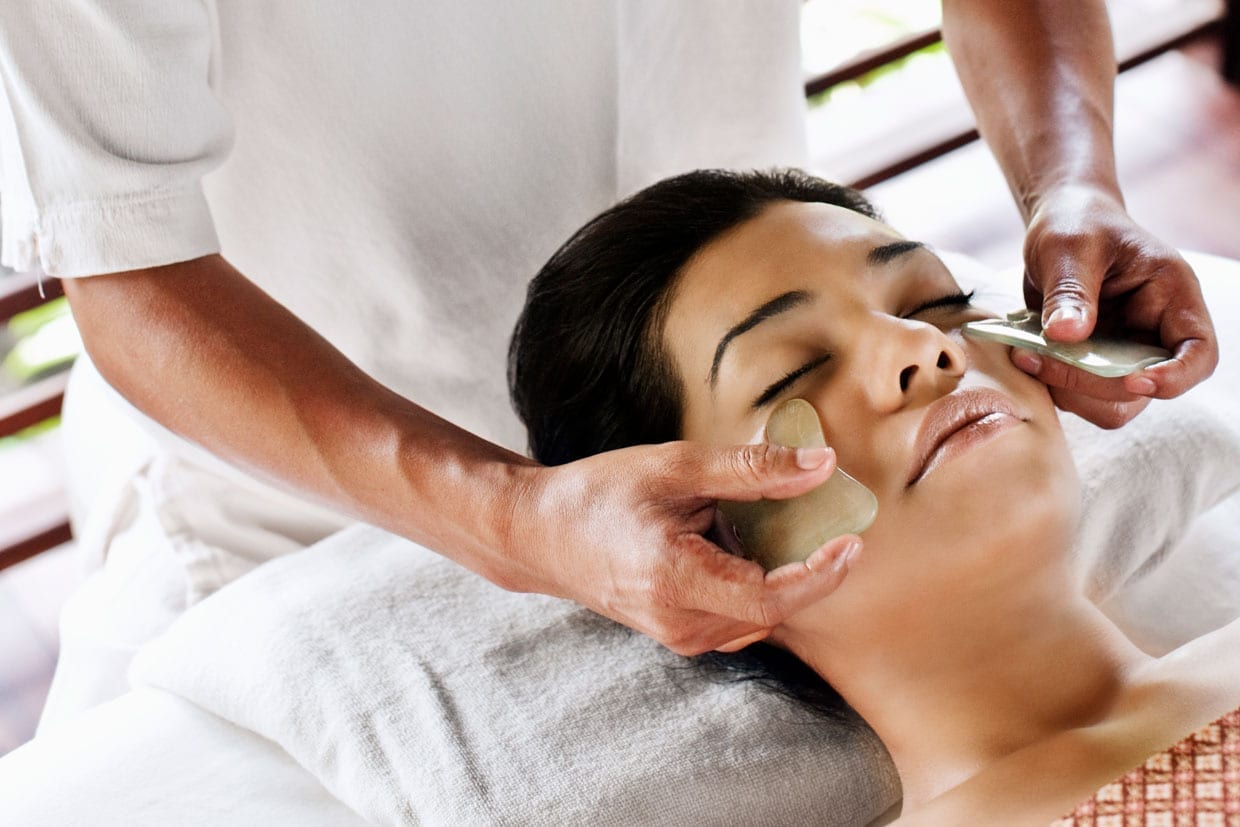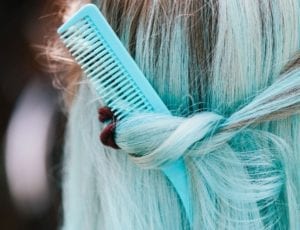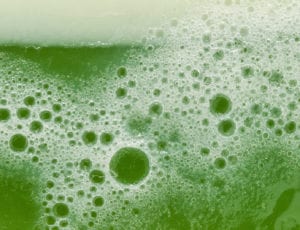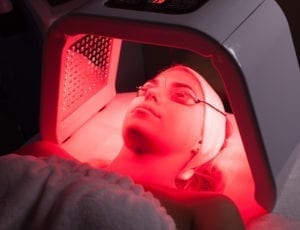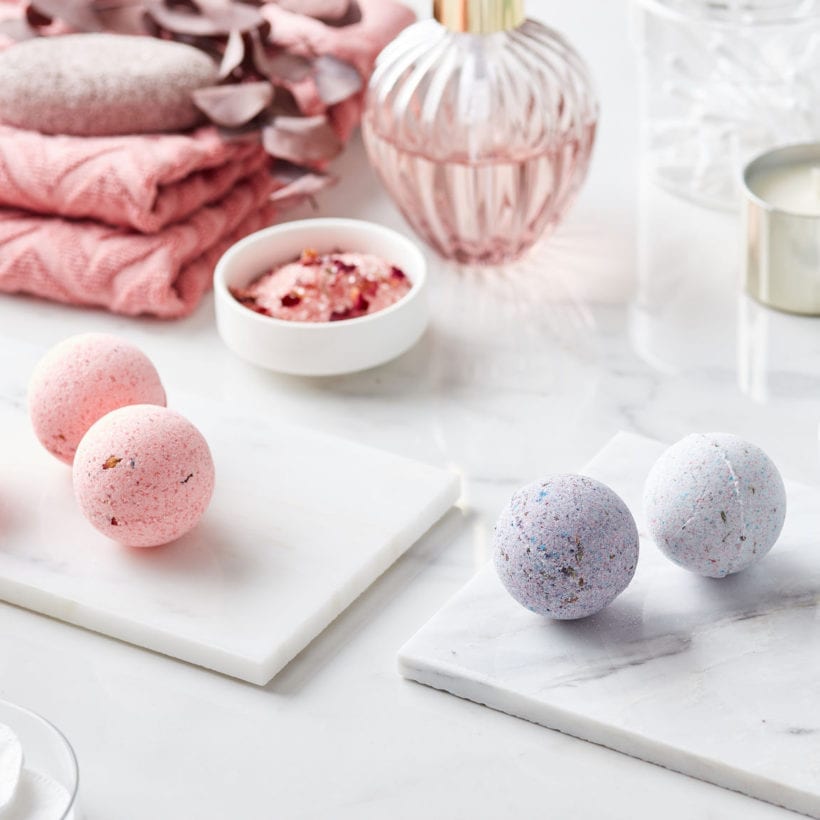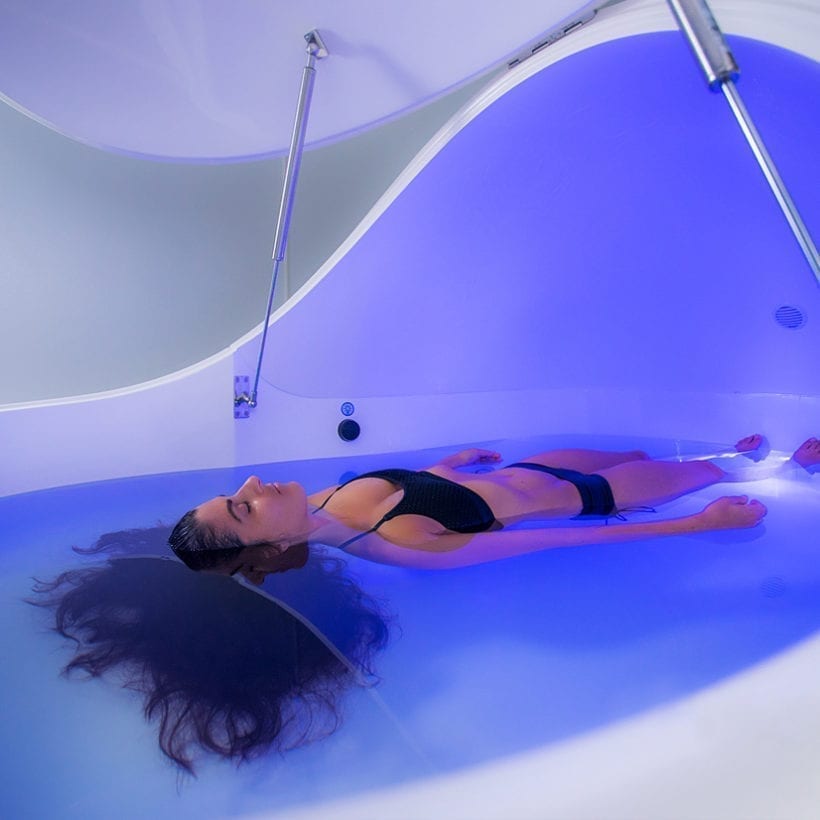While you may have heard about jade rollers, a similar tool is finding its way into the welcoming hands of the beauty industry. Gua sha, an ancient Chinese practice first documented during the Ming dynasty, is just one of the traditional Chinese medicine techniques America is happily embracing. (Interested in more on traditional Chinese medicine? Click here.)
But to get the gua sha benefits, you have to know exactly how to use it — or you might end up covered in bruises.
What is Gua Sha?
Gua Sha is the ancient Chinese medicine practice that involves scraping and massaging your skin with a smooth tool to stimulate blood circulation. The practice can be applied to both body and face. Gua sha, pronounced gwa-sha, comes from two different Chinese words. Gua means to rub or scrape, and sha refers to a type of stagnant energy that is believed to cause excess heat buildup within the body. Sha also refers to the redness that results from the scraping motion.
What are the Benefits of Gua Sha?
“The purpose of gua sha is to stimulate blood flow and oxygen to the area being treated,” says Nadia Musavvir, a naturopathic doctor who provides facial gua sha services to her clients. “The [claimed] aesthetic effect of gua sha is from the increase in circulation, which leads to increased collagen formation and decreased congestion [in both your face and your body].”
Gua sha also stimulates lymphatic drainage, she adds, which is believed to help the body get rid of waste more efficiently via bolstered circulation. Musavvir notes that this process potentially helps nutrients get to cells more easily while also draining excess fluid.
“The lymphatic system is part of the circulatory system but does not have an innate pump so therefore [excess fluid] has to be moved, whether via exercise or manual manipulation,” says Musavvir. “This results in decreased puffiness and a more radiant appearance.”
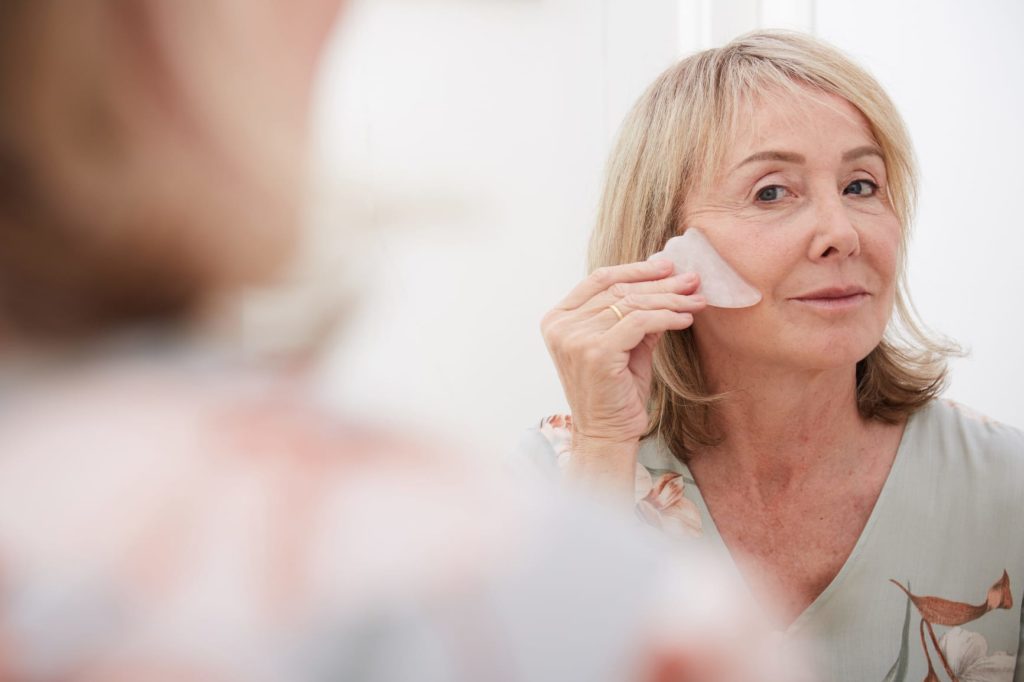
Why the Sudden Gua Sha Popularity?
“People are really into translating ancient techniques and combining them with Western and newer ways of thinking when it comes to our wellness and beauty routines,” says Steven Espinosa, a massage therapist who is an expert in both facial and full-body gua sha massages.
Musavvir agrees, noting that the fact that you can actually practice gua sha on yourself — it takes about 10 minutes — makes it a really accessible option for self-care.
“This is a practice that can be done in the comfort of your own home and without any expensive machines or elaborate technology. It offers an instant result in many cases, especially for decreasing puffiness,” she says.
Finding the Perfect Gua Sha Tool
When seeking the perfect gua sha massage tool, opt for one that will provide you with some versatility.
“The different shapes are often a combination of preference and the main areas of concern. For example, someone who wants to focus on the jawline would want a shape that has a concave dent,” says Musavvir. “The important features a gua sha tool should have are a longer edge, a shorter edge and at least one rounded corner.”
In addition to shape, another factor to consider is the material the gua sha tool is made from, which range from buffalo horn to metal to precious stones.
“Rose quartz and jade are great for the face, especially since they are thought to hold a healing frequency especially great for skin,” says Espinosa. “Usually, smaller stones are better for the face, and I personally use jade. I do believe jade holds a powerful healing frequency, as well as having the best density for both the body and the face.”
How to Gua Sha Yourself at Home
Once you have the right tool, next comes the right technique.
“Gua sha is best performed on clean skin with an oil or moisturizer to lessen friction,” says Espinosa. If you need guidance, YouTube is riddled with DIY videos from experts, which can provide guidance. Espinosa recommends first practicing on your wrist or leg — somewhere not as visible as your face — and then following along. Once you have the hang of it, you can begin working on your face.
“Angle the gua sha tool as close to parallel with your skin as possible and then gently sweep the tool up and out from the center of your face. Stroke repetition is great. Start with fewer reps and work up to more once you find your skin’s tolerance,” says Espinosa. And, always use a gentle hand. If you look at gua sha images, you may encounter a few scary-looking pictures where people used too much pressure. The technique requires more of a light brushstroke approach than a very firm pressing in order to prevent potential bruising.
Concentrate on areas like your cheeks and under your eyes, which is where fluids build up and cause puffiness. The jawline is another good place to focus since it relieves tension and pressure associated with clenching and temporomandibular joint dysfunction (TMJ). For this, use the side of the gua sha facial tool with a divot, position it against the jawline, and use a light hand to sweep the tool starting from the center of your jawline and up to your ear.
As for your body, in the same way, it is difficult to give yourself a full-body massage it is also difficult to give yourself a full-body gua sha massage. That said, you can still perform gua sha on easy-to-reach areas of your body, such as your neck, legs and arms. Using the flat side of the tool, repeat the same light sweeping motion as you would for your face to gently break up tight muscles. You can use the divot anywhere there is a crease in your body, such as along the trachea and around your feet.
How Often Should You Perform a Gua Sha Facial?
Experts recommend doing gua sha once a week, at least while starting out. Over time, if you feel that your skin tolerates the massage well, this can be increased to two to three times a week. If the gua sha technique is perfected, you may even have the best benefits by performing a gua sha massage every day.
We only recommend products we have independently researched, tested and loved. If you purchase a product found through our links, Sunday Edit may earn an affiliate commission.
